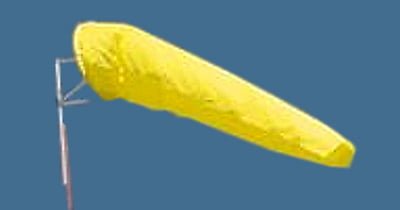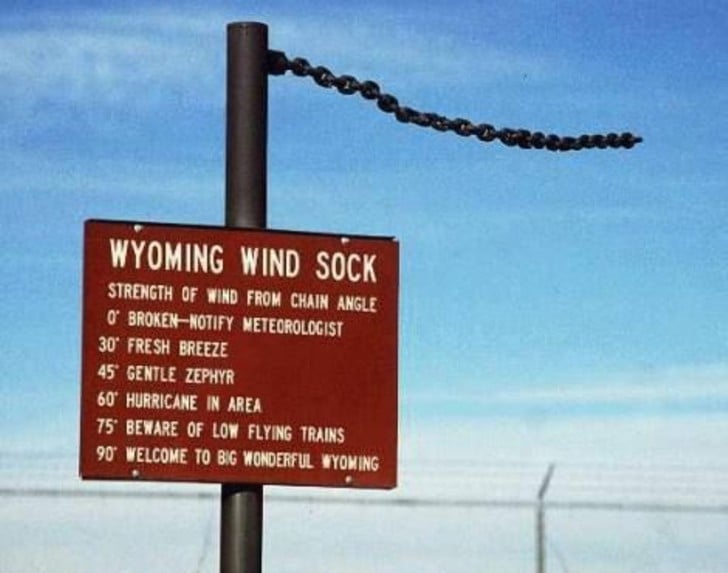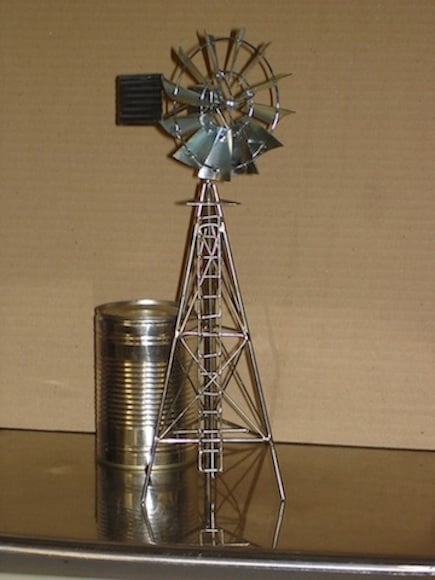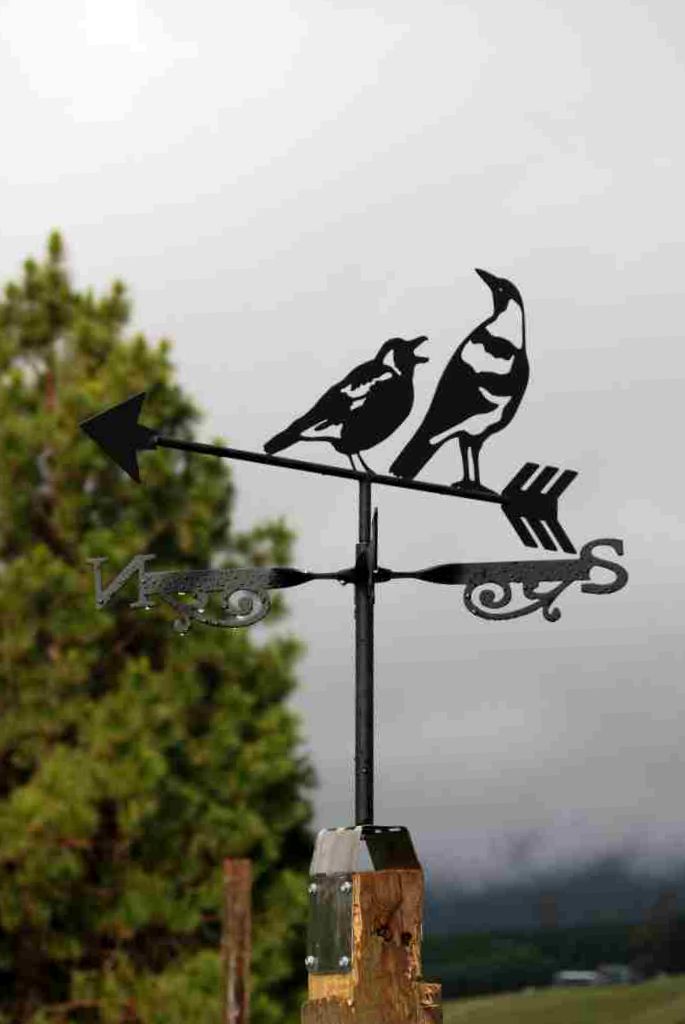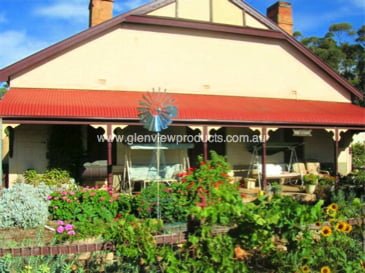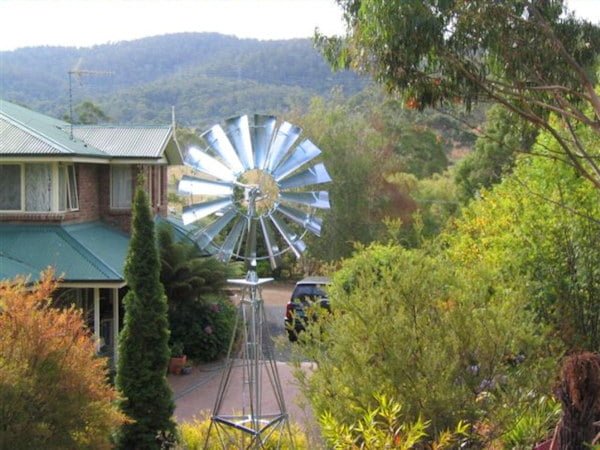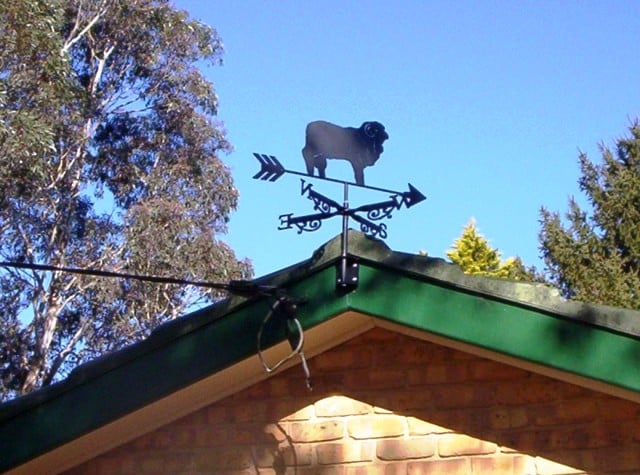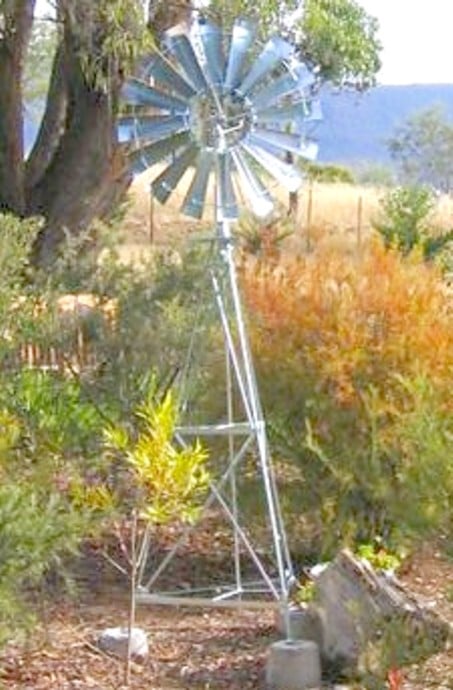The History Of The Australian Windmill
As Australian as lamingtons, dirt roads and kangaroos, this “Glenview Range” of Model Windmills are faithfully hand made replicas of the windmills that have graced the Australian skyline for nearly a century. Before electricity was available to drive pumps, or large machines to build dams, the windmill had become a vital component of rural life, pulling water from bores and wells.
They can be traced back to the year 644 in Persia. It was Persian millwrights taken prisoner by Genghis Khan who instructed the Chinese in their construction for irrigation, a use that lasts to this day. They became increasingly widespread in Europe from the 12th century to the 19th when steam power caused their slow demise, which was accelerated after World War One by the internal combustion engine.
Australia and it’s vast rural areas was still a stronghold of this inexpensive low maintenance method of watering stock and moving water for irrigation. In 1871 George Griffiths set up a mechanical workshop in Toowoomba thus starting, what is now the Southern Cross Group of Engineering Companies. His first wooden framed windmills were built in 1876 and supplied to Jimbour Station at Dalby on the Darling Downs. Between1876 and1884 these simple direct acting windmills were made in several sizes up to 16ft in diameter.
A patent had been applied for in 1875.The “Simplex Economy” and “Little Wonder” mills were produced in various sizes and often to customers’ specifications until 1893. Usually of timber, the wheel operated behind the tower while reefing (to control the speed) was done by means of a counterweighted vane on a lever at right angles to the vane pole.
1893 saw the first geared windmills and the advent of the wheel on the windward side of the tower. In sizes to 18ft in diameter and with progressive improvements, over 300 of these mills were built in a decade. In 1903 the brand name Southern Cross was given to windmills produced by the Toowoomba Foundry and a range of both geared and direct action self oiling mills is in production to this day. Over nearly a century, in excess of 200,000 have been produced, the majority for use in rural Australia where they have become an indelible feature of our landscape.
Several groups of Southern Cross Mills contributed to the unique visual flavour of Expo 88, while another stands outside the Stockman’s Hall of Fame at Longreach to symbolise the role played by these machines in the development of the outback. Others have been exported to Ireland to pump out peat bogs prior to extracting the fuel, and others to Kwinana where nearly 100 resembling a forest of steel wheels are recovering chemicals from an underground aquifer.
Birdsville’s water supply is driven by a huge, Southern Cross Windmill drawing water from the Diamentina River, while in Hawaii another is irrigating a tropical fruit farm. Architects and developers are increasingly using windmills to add visual excitement and a truly Australian flavour to their projects.But the nicest touch of all is the recent shipment of 100 windmills to their original birthplace – Iran – formerly Persia.
Now……… if you purchase your own personal windmill you will have enough information to generate conversation with just about anyone.

